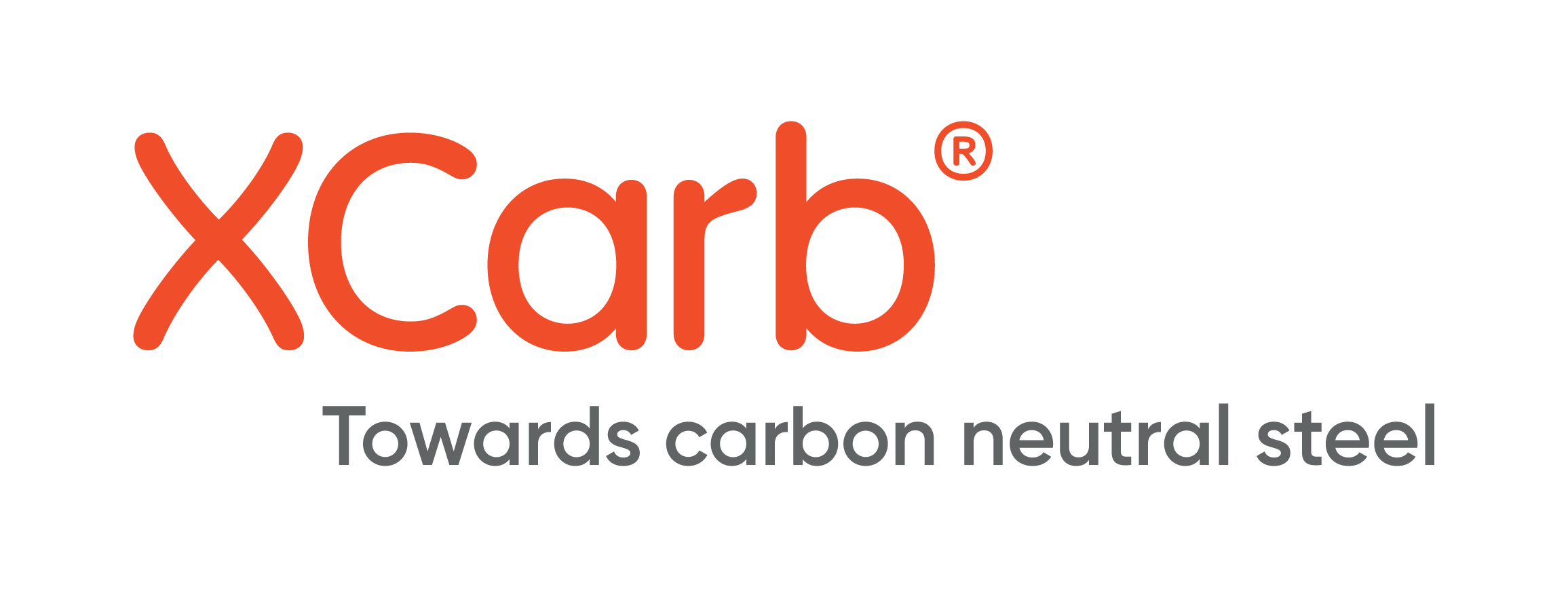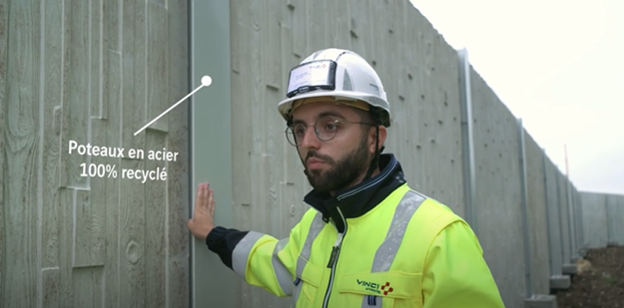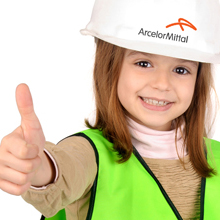XCarb® recycled and renewably produced steel as the pillar of France’s first ultra-low carbon noise barriers
The pillars of the first ultra-low carbon emissions noise barriers in France have been installed on the A10 motorway. Thanks to ArcelorMittal’s XCarb® recycled and renewably produced steel, the metal posts used to support these noise barriers have the lowest carbon emissions footprint available on the market.
GTA Group ordered metal posts from ArcelorMittal to fulfil Vinci Autoroutes’ strict low-carbon emissions requirements. The posts were manufactured in our Steligence® Fabrication Centre in Differdange with ArcelorMittal’s unique XCarb® recycled and renewably produced steel. ArcelorMittal’s XCarb® recycled and renewably produced steel has a very low carbon footprint as it is made from 100% recycled scrap in an electric arc furnace using 100% renewable electricity from solar and wind sources. The low global warming potential of XCarb® recycled and renewably produced is externally certified by an Environmental Product Declaration (EPD), and at the French level, by an FDES.
From the search for materials and partners to the design and implementation of this project, GTA coordinated this ultra-low carbon noise barrier, a world first.
“At GTA, says Julien Feller, CEO GTA Group, we are continuously looking for the latest decarbonised technical innovations. For this project requiring CO2 emissions to be as low as possible, we contacted ArcelorMittal’s Steligence® fabrication centre. We have been partnering with them on many projects for years already, and we knew they will support us once more. As soon as we presented XCarb® recycled and renewably produced steel, we knew we had found the best solution to satisfy the requirements of our customer!”
Not only was the XCarb® recycled and renewably produced steel the best solution in terms of environmental impact, but it was also an obvious decision to make in terms of transport: the producer’s fabrication centre is only 35km far from GTA’s main site in Luxembourg.
Decarbonisation: A multi-material approach
The barriers were installed to protect residents from the noise pollution generated by the traffic on the A10 motorway between Tours and Poitiers. A 700 metre-long motorway section is now insulated with 173 four-metre long, three-metre-high panels. This project has been designed to use the widest possible range of decarbonisation solutions. The structural side of the barriers has been designed with a very low carbon cement, while the acoustic side uses a very efficient wood concrete which keeps the sound wave inside.
The posts between the screens are made of XCarb® recycled and renewably produced steel and protected in one of GTA Group's workshops with a water-based paint, free of volatile organic compounds (supplied by Hempel). The low carbon-emissions steel was complemented for this project by Hoffman’s decarbonised cement solution proposed by Capremib.
As part of their ambitious 2030 environment plan, Vinci Autoroutes is increasingly committed to decarbonising its motorways, and the A10 project is only one of many.
Want to know more about GTA Group?
GTA Group is a group of companies providing services and products for tunnels, motorways, construction, and engineering structures. They specialise in passive protection against fires by industrial coatings, and offer efficient, optimised, and economical technical solutions for many domains relative to air, water, noise and proofing. From its headquarters in Luxembourg, GTA Group is located in the heart of Europe with its subsidiaries in France, Luxembourg and Belgium.
They have been appointed in 2021 to design, supply and install 2km of noise barriers as part of the work to widen the A10 motorway between Eigne and Sorigny to 2x3 lanes.
And about COFIROUTE?
COFIROUTE has a strong ambition towards decarbonisation and thus, commissioned GTA to optimise, from a CO2 emissions point of view, the various components of an anti-noise wall, i.e. concrete (walls and acoustics), steel (posts), coating (anti-corrosion), and logistical flows.
Today, thanks to its ultra-low carbon ambition, the ultra-low carbon noise barriers by Cofiroute are a world first.

















